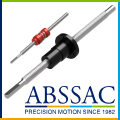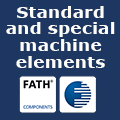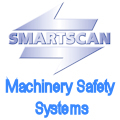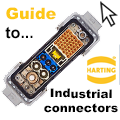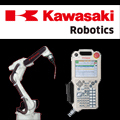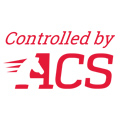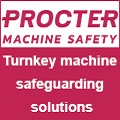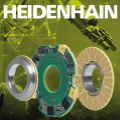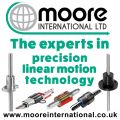
Posted to News on 17th Nov 2006, 21:12
Smart drives simplify cable winding automation
The Centrilift Cable facility in Claremore, Oklahoma is using a smart AC motor drive from the Baldor H2 series to eliminate a PLC and improve the productivity of winding cable onto drums.
Centrilift Cable manufactures specialised cabling for the electrical submersible pumping systems used in oil and gas wells. Its products are packaged with equipment from sister company Centrilift Pump Plant to create turnkey pumping systems. Both companies are divisions of Baker-Hughes.
Cable is manufactured for each individual customer, and can include application-specific numbers and sizes of wires, insulation and armour coating - giving each cable a different diameter. The finished cable is wound directly onto a large drum as it is fed from the manufacturing line with its wire drawing, coating and spooling machinery.
This operation was controlled by a PLC sending 0-to-10V control signals to two 'dumb' AC motor drives, one to control the drum rotation, and one to control the traversing motion. However, before each winding process, the operator had to firstly make manual calculations using charts and tabular data, to feed into the PLC program, in order to account for the particular cable size and feeding speed.
Centrilift decided to review the process to see if efficiency could be improved. Harold Eastin of Centrilift, and Matt Asbill of automation supplier Motion Industries, decided to simplify the winding system by taking advantage of an electronic gearing feature in the Baldor H2 AC motor drive, which can act as a small machine and motion control system.
This ratio function allows the two drives in this application to synchronise automatically, based simply on input of the cable size, using the drive's integral keypad and display. The traversing drive takes the drum rotation speed from the first drive and automatically calculates the gearing ratio needed to produce uniform spooling.
Built-In Intelligence
The first drive also uses its built-in intelligence to dynamically manage the spooling process, adjusting speed according to a voltage level taken from a potentiometer on the 'dancer arm' that tensions the cable as it is fed. The winding process tends to start slowly and then speed up. As the dancer arm signal changes, the drive alters its speed accordingly, with the traversing drive following in synchronisation.
According to Harold Eastin of Centrilift, "Using two smart drives in tandem has allowed us to eliminate the PLC and the manual programming steps, and do away with a lot of signal wiring as well."
Matt Asbill of Motion Industries, who carried out the installation and set-up added, "On automation improvement projects we are typically installing PLCs and throwing away relays. In this case we removed both. With this installation, Centrilift Cable is seeing better than a 25 per cent increase in productivity, simply by exploiting the intelligence built into the H2 drive."
Bill Hunt, a drives specialist with the Baldor regional office in Tulsa commented, "We usually think of adding more intelligence by using touch screens and PLCs, but in this case that just added difficulty. At Centrilift, we used Baldor's drive technology to do a ratio function required in this application."






